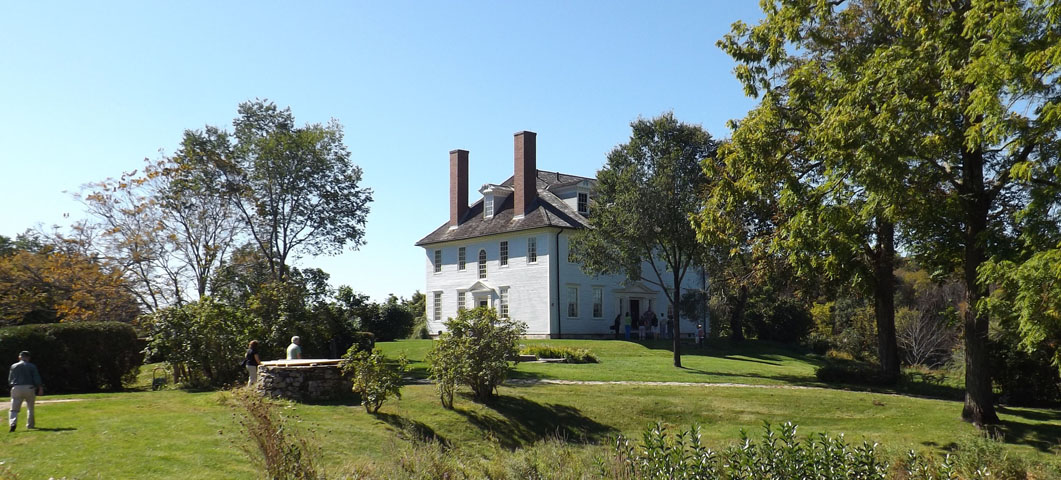Days & Hours
Thursday – Sunday
May 30 – October 15
Tours on the hour
11 AM – 3 PM
Closed July 4
Admission
$15 adults
$13 seniors
$7 students and children
Free for Historic New England members
Accessibility
Tour involves standing, walking, and stairs. Visitors with limited mobility may be able to enjoy a first floor tour of the house and grounds and a visual tour of the museum is available from the comfort of our visitor’s center located in the garden cottage. Folding chairs are provided for visitors who would like to use them while on tour. The site is not equipped with ramps, elevators, or lifts. Service animals are welcome. We are happy to work with you to make your visit an enjoyable one and we encourage visitors with questions or requests to call ahead.
Directions
From the south, I-95 to Maine Exit 3; from the north, after the York tolls, take Exit 2. Follow Route 236 north for 9 miles; after junction with Route 91 take first left onto Brattle Street; take second right onto Vaughan’s Lane and continue to end.
Parking
Ample parking in field above house. Follow signs from the parking area to the visitor center located in the brown garden cottage.
Contact Information
PHONE: 207-384-2454

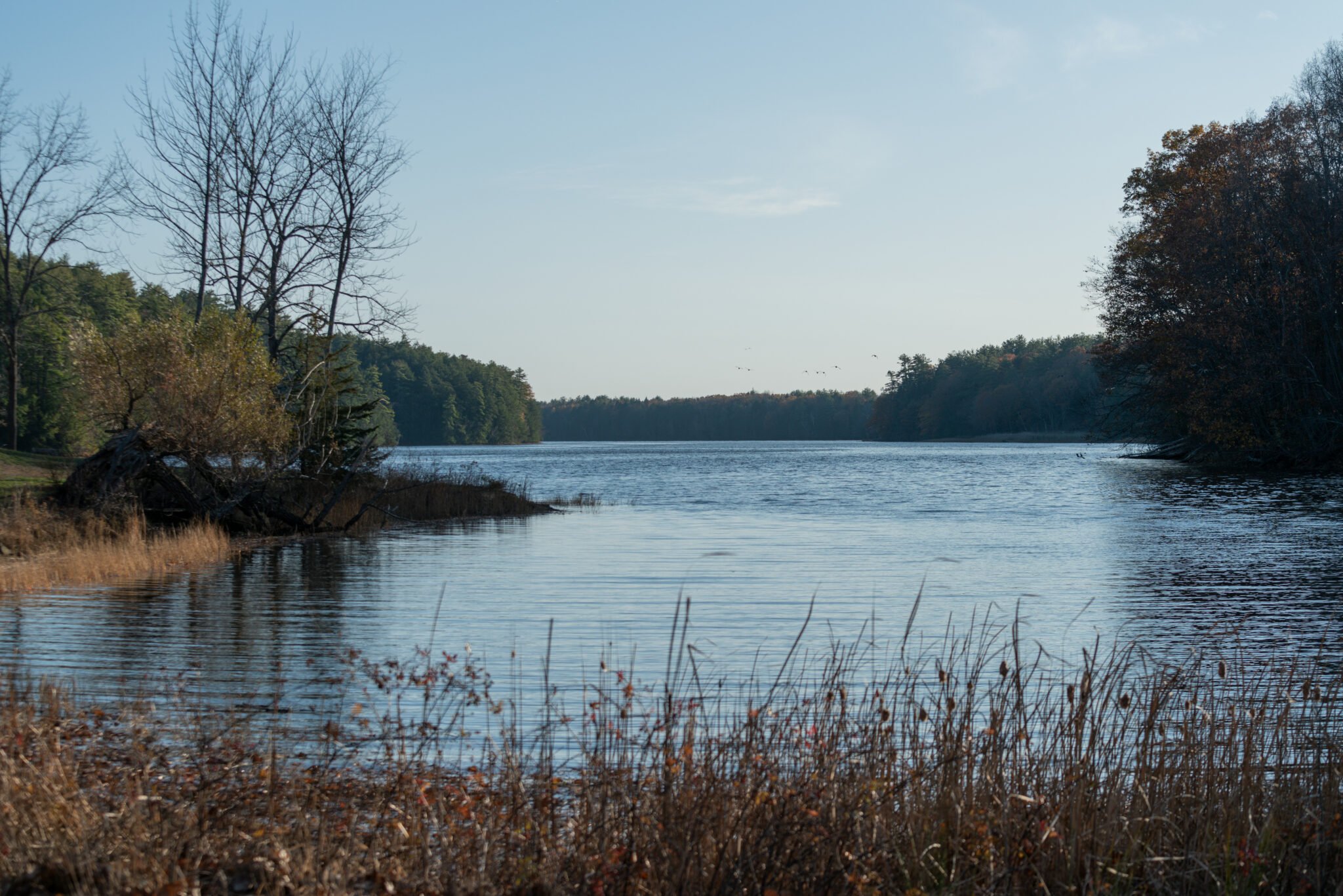 Quamphegan
Quamphegan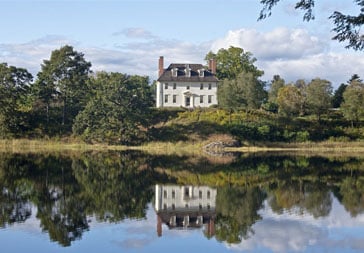 Mansion on the River
Mansion on the River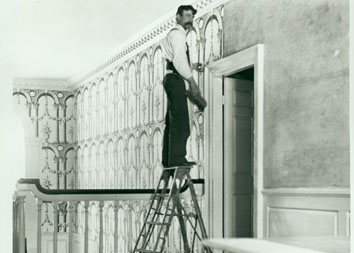 A Family Farm
A Family Farm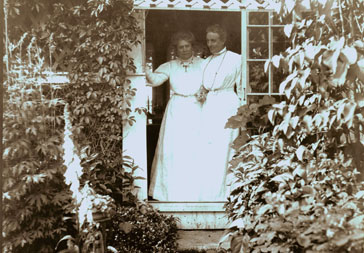 A Colonial Revival Summer Estate
A Colonial Revival Summer Estate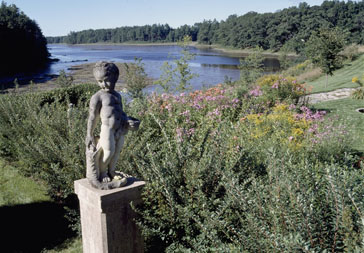 Becoming a Museum
Becoming a Museum Reviving the Colonial Revival
Reviving the Colonial Revival